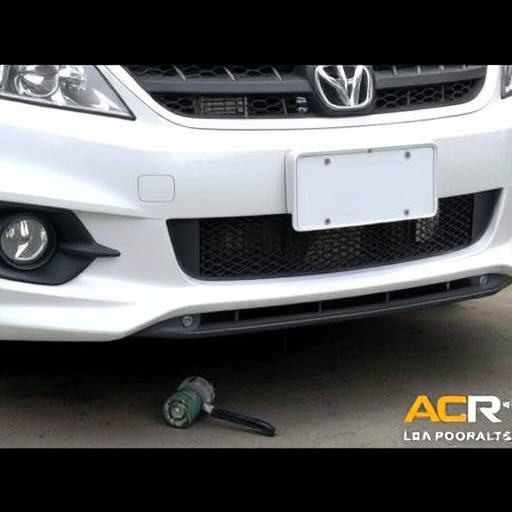Diminished value claims address non-cosmetic damage to vehicles, focusing on reduced market worth post-incident, despite visible repairs. Auto insurance adjusts compensation based on damage extent, vehicle type, and market trends, impacting fleet or high-value cars significantly. Insurance companies can mitigate these claims through strategic inspections, skilled assessments, transparent communication with policyholders, and partnerships with reputable repair shops to ensure fair reimbursements and build trust.
Diminished value claims—a complex issue with significant financial implications. This article delves into the impact these claims have on total reimbursement, offering a comprehensive guide for professionals navigating this challenge. We’ll first explore a definition and contextual overview of diminished value claims, then analyze the mechanisms driving their effect on reimbursement. Subsequently, we present effective strategies and mitigation techniques to help manage and minimize these claims’ financial strain. Understanding these dynamics is crucial for optimizing reimbursement in an ever-changing landscape.
- Understanding Diminished Value Claims: A Definition and Contextual Overview
- The Impact on Total Reimbursement: Mechanisms at Play
- Strategies and Mitigation Techniques for Navigating Diminished Value Claims Effectively
Understanding Diminished Value Claims: A Definition and Contextual Overview

Diminished value claims refer to the financial compensation sought by vehicle owners when their cars suffer non-cosmetic damage, often as a result of accidents or incidents that don’t involve extensive physical alterations. These claims focus on the reduction in a vehicle’s overall worth following an event like a car collision, where repairs may be required but not necessarily visible to the naked eye. This concept is crucial in understanding how total reimbursement for vehicle damage can be calculated and adjusted.
In the context of automotive repairs, diminished value claims are particularly relevant when discussing processes such as paintless dent repair, a method that minimizes cosmetic touch-ups by using specialized tools to press out dents without applying paint. While this approach reduces repair times and costs in collision repair, it doesn’t negate the fact that the vehicle’s value has been affected. Therefore, diminished value claims aim to account for this decrease in worth when determining the appropriate compensation for car owners.
The Impact on Total Reimbursement: Mechanisms at Play

When diminished value claims are filed, they significantly influence the overall reimbursement process for both insurance providers and policyholders. These claims, which arise from vehicle damage that reduces its post-repair market value, activate complex mechanisms within the auto insurance system. The primary impact is felt in the calculation of compensation; instead of covering the full cost of repairs, insurers may offer a reduced payout to account for the diminished value.
This reduction is determined by various factors, including the extent of damage, the vehicle’s make and model, and market trends. In cases involving fleet repair services or automotive repair for high-value vehicles, these considerations become even more critical. Policyholders might perceive this as an unfair adjustment to their claims, especially when dealing with necessary auto body repair. However, it is a mechanism designed to ensure that reimbursement aligns with the vehicle’s current market worth after repairs.
Strategies and Mitigation Techniques for Navigating Diminished Value Claims Effectively

When faced with diminished value claims, insurance companies and claim handlers must employ strategic mitigation techniques to ensure fair and accurate total reimbursement. One key approach is comprehensive vehicle inspection, which involves meticulous assessments to pinpoint pre-existing damage and accurately determine the extent of new repairs. This process requires skilled professionals who can differentiate between normal wear and tear and incident-related damages, using advanced diagnostics and visual inspections.
Additionally, effective communication with policyholders is vital. Educating customers about the assessment process and the factors influencing diminished value claims can foster trust. Offering transparent explanations for valuation adjustments and providing opportunities for them to contest these decisions empowers policyholders while ensuring a fair settlement process. Moreover, establishing partnerships with reputable car repair shops and tire services specializing in high-quality auto body repairs can streamline the claim resolution process, minimizing delays and potential disputes over the scope of work.
Diminished value claims significantly influence total reimbursement processes, reflecting the reduced value of damaged or repaired assets. By understanding these claims’ mechanisms and adopting effective strategies, businesses can mitigate their impact. Proactive management of diminished value is essential for ensuring fair compensation and maintaining financial health in the aftermath of accidents or incidents.













